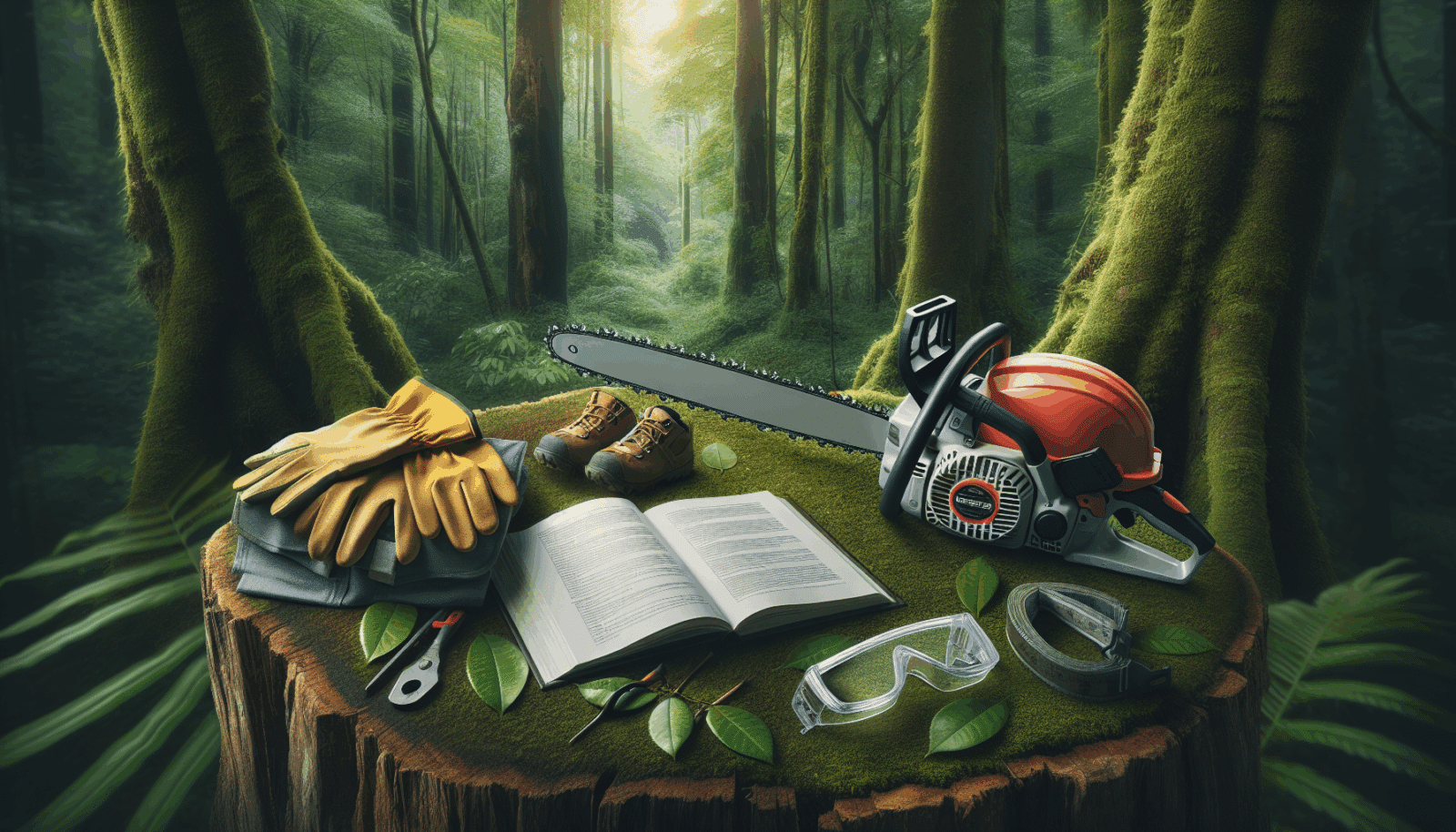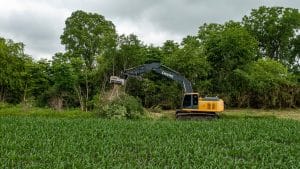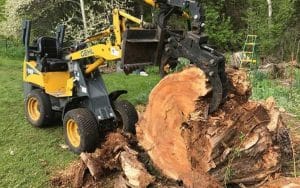At Utah Tree Removal, we know that tree care is crucial for a safe and beautiful home environment. However, cutting down a tree isn’t as simple as it seems. Attempting it without guidance can lead to unexpected mishaps. That’s why we’ve crafted this Safe Tree Cutting Guide. Our expert tips will help you navigate the process with confidence and precision.
Understanding the Importance of Safety First
Tree cutting is not just about grabbing a chainsaw and getting started. It’s a task that demands thorough preparation and a safety-first mindset. Before you even think about taking down a tree, assess your surroundings and ensure that everyone and everything is at a safe distance. This guide will walk you through essential safety protocols to prevent accidents and injuries.
Assessing the Tree’s Condition
Even before the first cut, understanding the tree’s health and structure is vital. Examine the tree for signs of disease, decay, or damage. A weakened tree can behave unpredictably when cut. Look for dead branches, fungal growth, or hollow areas. By evaluating these factors, you’ll know if the tree poses additional risks during removal.
Gathering the Right Tools
Successful tree cutting hinges on having the proper equipment. Ensure you have a well-maintained chainsaw, safety goggles, gloves, and hard hats for protection. Don’t forget a sturdy ladder and ropes for additional support. Using the correct tools not only helps in making precise cuts but also keeps you and your surroundings safe.
Planning the Fall Zone
Every Tree Removal requires a clear fall zone to avoid unintended damage. Predicting where a tree will fall might seem straightforward, but multiple factors can influence the outcome. Consider the tree’s height, any leaning angles, and wind direction. Establish a fall zone that’s twice the height of the tree to secure the area effectively.
Creating a Safe Escape Route
Emergencies happen, and when they do, having a clear escape route is crucial. Plan two routes that lead away from the expected fall path at a 45-degree angle. This ensures that in the unlikely event of an unexpected fall direction, you can quickly and safely retreat to safety.
Executing the Cutting Technique
Tree cutting is a nuanced task, not a one-size-fits-all process. Begin with a notch cut on the side facing the fall direction. Make a downward cut at a 70-degree angle, followed by a horizontal cut to remove the notch. Then, move to the opposite side to make the felling cut, slightly above the notch. This careful technique ensures a controlled fall.
Maintaining a Clean Work Area
Disorganized spaces can lead to unnecessary accidents. Regularly clear fallen branches and debris as you work. A tidy workspace not only minimizes hazards but also provides you with more room to maneuver during critical moments. Plus, it’s easier to keep track of your tools and maintain focus on the task at hand.
Watching for Environmental Factors
Nature has a way of affecting our plans. Be mindful of the weather conditions before beginning any tree cutting project. Strong winds, rain, or icy conditions can significantly increase risks. Always check the forecast and choose a day with calm and dry weather for optimal safety.
Addressing Potential Hazards
- Power Lines: Trees near power lines pose additional risks. Contact local utility companies to manage these trees safely.
- Nearby Structures: Protect buildings, fences, and other structures by choosing an experienced team to manage complex falls.
- Wildlife: Check for nests or habitats within the tree to avoid disturbing local wildlife.
- Crowded Areas: Ensure bystanders are at a safe distance to prevent accidents.
- Root Systems: Be aware of extensive roots that may interfere with surrounding landscape or utilities.
The Aftermath: Cleanup and Disposal
Once the tree is down, it’s time for cleanup and disposal. Chop larger pieces for firewood or mulch. Contact local facilities for proper disposal of excess debris. A thorough cleanup leaves your yard looking pristine and ensures that your space is ready for its next project.
Relying on Professionals
Tree removal might look manageable, but calling in professionals is often the best choice. Our team at Utah Tree Removal brings expertise and experience, ensuring your tree is removed safely and efficiently. We handle the hard work while you enjoy peace of mind.
Remember, safety and efficiency go hand in hand when cutting trees. For expert assistance and peace of mind, contact us at Utah Tree Removal by phone # 801-441-3654 or Request a Free Quote.



